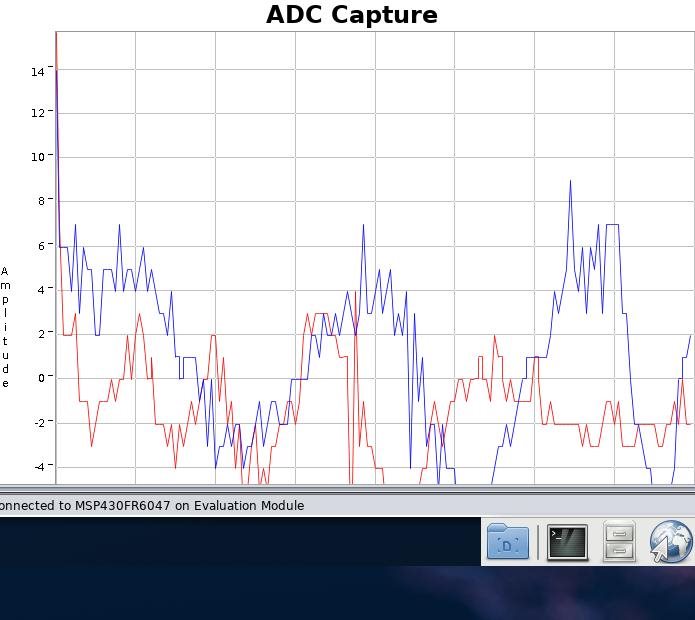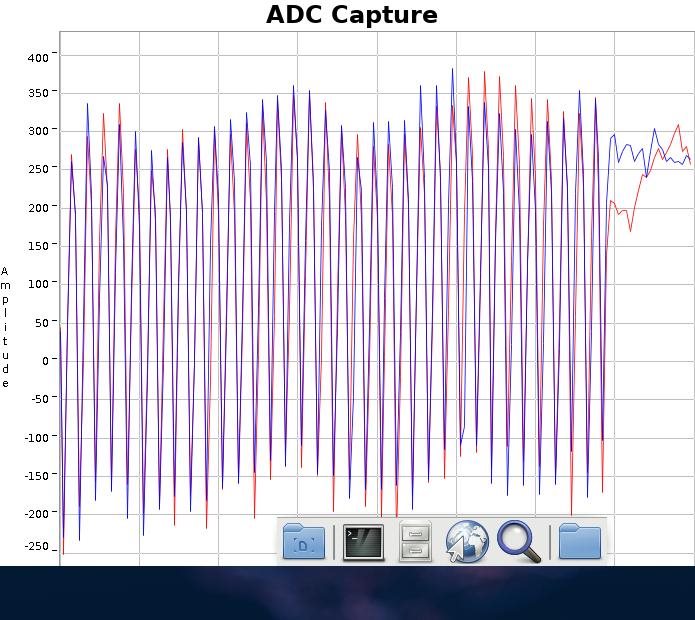Other Parts Discussed in Thread: EVM430-FR6043
Hello,
I am currently evaluating EVM430-FR6047 board and using Ultrasonic Design Center to play arround TI USSW Library. I have been using Audiowell pipe with fitted transducers in it (intrusive solution), and I successfully calibrated it to show the water flow rate in 1/2" pipe. Currently, I would like to move to non-intrusive solution (two 1MHz ultrasonic transducers clamped on the metal 1/2" pipe - 5cm distance between transducers). Unfortunately, I am unable to adjust the parameters in Ultrasonic Design Center to get correct ADC Capture. I am looking for any piece of advice, what to fix in the calibration.
1) This is what I get with default configuration:
2) I dont get any errors and ADC capture look rather correct when I send a bigger amount of pulses (eg. 63) (This graph is obtained for the configuration with time of 28 us between pulse and ADC capture). However, when no water is flowing I still get this waveform, and I theoretically I shouldn't
I would be most grateful for any help or tips how to configure the Ultrasonic Design Center to work with transducers clamped in non-intrusive way.
Best,
Wojciech




